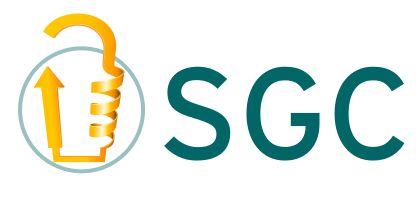 |
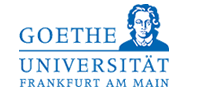 |
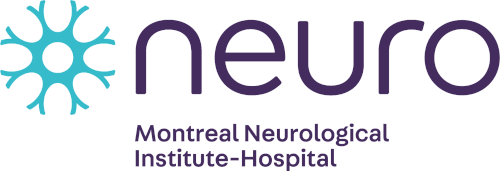 |
 |
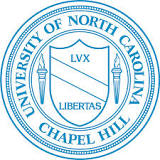 |
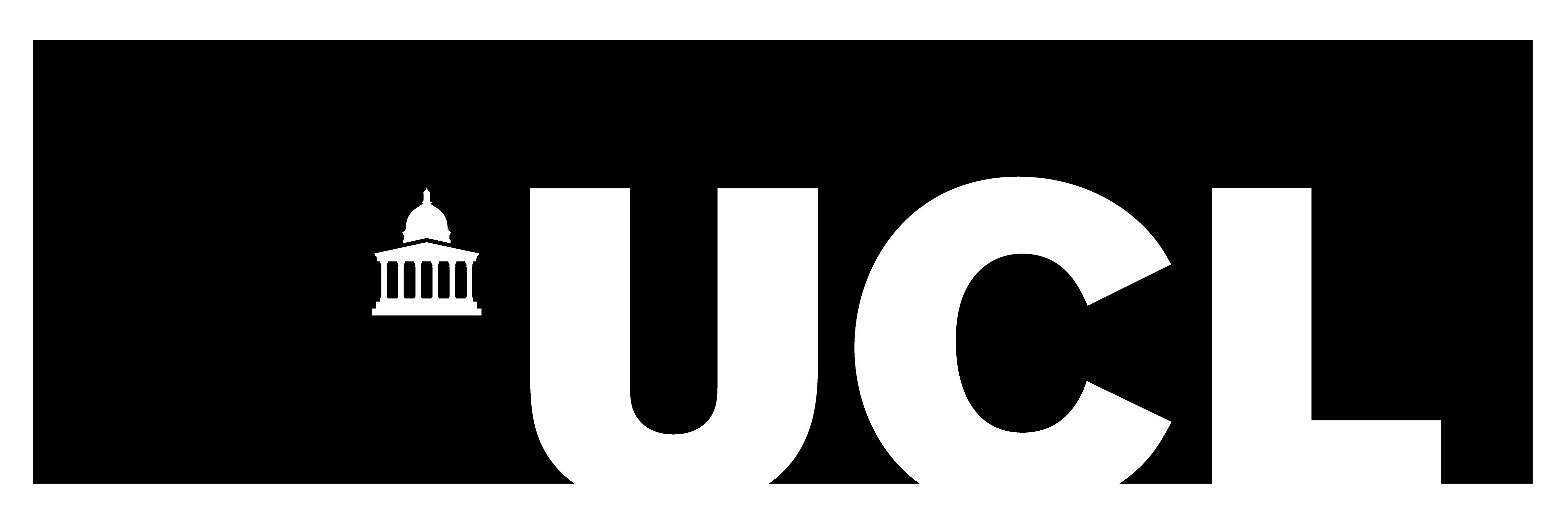 |
Insights and Lessons Learned: Highlights from the CACHE Symposium

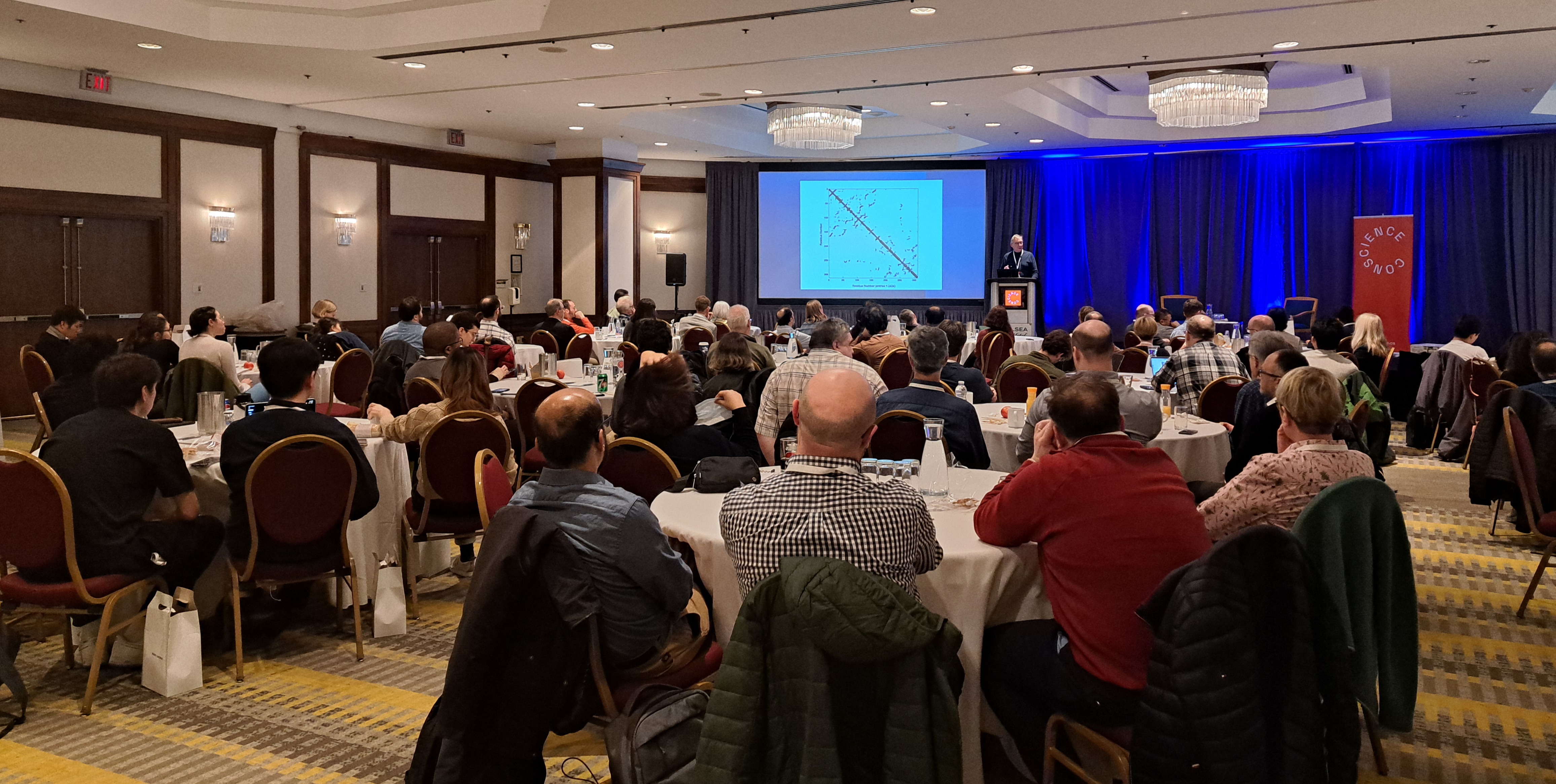
CACHE Symposium attendees are listening to the keynote presenter Dr. John Moult.
Last week, the inaugural CACHE Symposium brought together leading experts in the field of computational chemistry and artificial intelligence to share their insights and experiences on advancing the field of computational hit finding and collaborating through open science.
The symposium was themed around the results of the first CACHE Challenge. Twenty-three academic and commercial organizations with expertise in computational chemistry or AI-driven computational algorithms participated in this challenge. Their goal? To find small molecules that bind the WDR domain of LRRK2, the most mutated protein in familial Parkinson’s disease.
Here we explore some of the outcomes and take-home messages from the CACHE Symposium.
CACHE Challenges
The idea of Critical Assessment of Computational Hit-finding Experiments (CACHE) started back in November 2020, when Dr. Aled Edwards and Dr. Alex Hillisch met with more than 80 representatives from academia and industry to discuss which areas of computational chemistry might be advanced more rapidly if organized as a community-wide effort.
What came out of this meeting was CACHE; a public benchmarking project which compares and improves small-molecule hit-finding algorithms through cycles of prediction and experimental testing.
Almost 4 years later, CACHE has launched 5 computational hit-finding challenges, where participants predict small molecule binders for protein targets representing different prediction scenarios. With the support from the Michael J. Fox Foundation, the first CACHE challenge identified 7 promising hits to explore new therapeutic strategies against Parkinson’s Disease. These hits were confirmed with orthogonal methods by SGC and are the first seven molecules ever reported with this type of bioactivity.
Research Highlights
The symposium started with a keynote by the legendary Dr. John Moult, the co-founder and chair of Critical Assessment of methods of protein Structure Prediction (CASP), the benchmarking challenge that set the stage for the AlphaFold breakthrough. Dr. Moult walked us through protein structure prediction time, highlighting the need to make the process more rapid and rigorous. His talk set the tone with lessons in advancing science through critical assessment experiments.
Dr. Michael Gilson outlined lessons from the D3R (Drug Desing Data Resource) and ongoing SAMPL (Statistical Assessment of Modeling of Proteins and Ligands) challenges. Representatives from Bayer (Dr. Judith Guenther) and Boehringer Ingelheim (Dr. Uta Lessel) explained why the pharmaceutical industry is supporting CACHE Challenges.
Among the 23 participants in the first CACHE Challenge, we had the opportunity to listen to eight presentations with detailed information on the prospective power of various creative workflows involving docking, fragment-based and de novo generative design, free energy calculation and machine learning/AI algorithms.
Impact of SGC on CACHE Challenges
A unique aspect gives CACHE an unparalleled advantage compared to other benchmarking initiatives; CACHE has a one-of-a-kind experimental hub to centrally test compounds and predictions.
SGC-Toronto has been the experimental hub for CACHE challenges with Dr. Matthieu Schapira, Professor in the Department of Pharmacology & Toxicology at the University of Toronto and Principal Investigator at SGC leading this effort.
Dr. Suzanne Ackloo, project manager at the SGC, coordinates the experimental arm of CACHE at the University of Toronto. Dr. Ackloo gave an overview of the biophysics platform at the SGC-Toronto, which rigorously tests the predicted compounds, providing rapid, high-quality characterization of all the predicted hits. As Dr. Ackloo highlighted, SGC-Toronto screens predicted compounds, validates hits with orthogonal methods and assesses their solubility and aggregation in a 3-month timeline, before returning the resulting data to participants for the hit-expansion round of each CACHE Challenge.
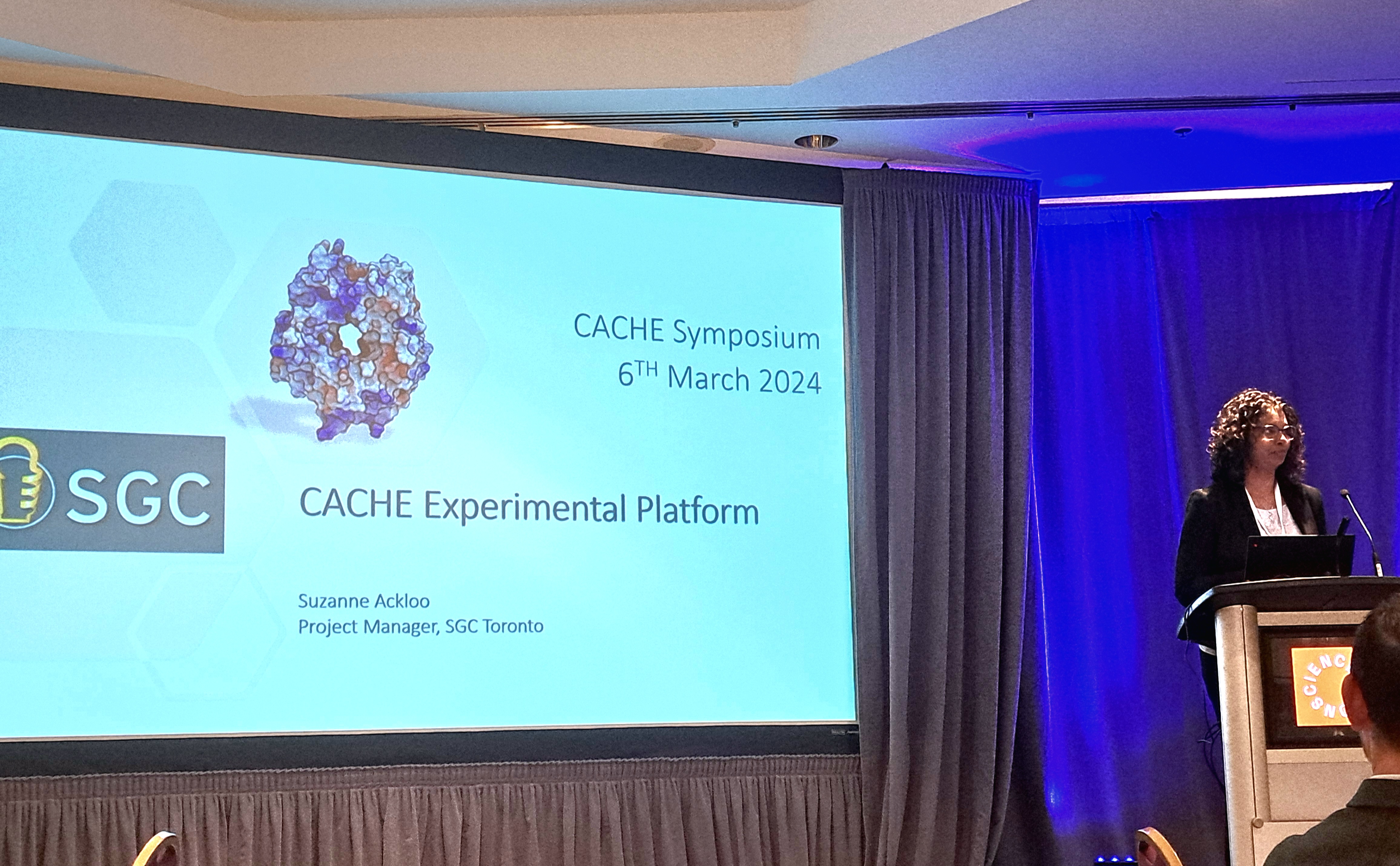
Dr. Suzanne Ackloo presenting the CACHE experimental platform, taking place at SGC-Toronto.
Lessons Learned
The CACHE Symposium revealed essential insights into computational drug discovery and where the field is going. More specifically:
- The participation of 23 teams led to the screening of billions of compounds. Synthesis of over 2,000 compounds was achieved, with a dozen weak hits from seven chemical series showing potential as drug discovery starting points.
- The field is in an exploratory mode, where diverse computational methods are combined in a variety of screening strategies.
- Among the top seven performing computational workflows, three relied on a fragment-based strategy, four included a generative design step, and six included deep learning.
- Even with advanced computational methods, breakthroughs for tough targets remain a challenge, tempering high expectations in AI.
- The success of complex projects hinges on open science and structured teamwork.
- Sharing successes and failures. The power of open science is to learn both from what works and what doesn’t.
- Core values of rigor, transparency, communication, collaboration, and trust were reaffirmed.
As Dr. Hillisch mentioned in his closing remarks “In this CACHE Challenge we have not identified one winner – the winner is the entire drug discovery community!”
Anticipation is high for next year's CACHE Symposium, where ongoing collaborative efforts and new data will once again take center stage.
Acknowledgements to the SGC Team
In closing our recap of the CACHE Symposium, we reserve special acknowledgment for the team at SGC. Their relentless work behind the scenes has been instrumental to the success of this initiative—from securing funding and developing infrastructure to its commitment to open science by making screening data, chemical structures and algorithm performance data accessible.
The foundations and funding for CACHE Challenges were a result of the contributions from Aled Edwards, Cheryl Arrowsmith, Matthieu Schapira, Claudia Gordijo, Maxwell Morgan, and Gregory Brothers. Richard Gold from McGill University, Arij Al Chawaf and Nicole Kuchinsky from Institutional Strategic Initiatives at the University of Toronto were also a pivotal contributor to this effort.
All CACHE#1 compounds were tested experimentally at the SGC at the University of Toronto, with contributions from Suzanne Ackloo, Cheryl Arrowsmith, Albina Bolotokova, Irene Chau, Aiping Dong, Kristina Edfeldt, Pegah Ghiabi, Elisa Gibson, Levon Halabelian, Rachel Harding, Zarah Hejazi, Scott Houliston, Ashley Hutchinson, Carla Kharadjian, Peter Loppnau, Fengling Li, Helen Li, Sumera Perveen, Matthieu Schapira, Almagul Seitova and Hong Zeng.
The University of Toronto offered the space for open science and resources for highly qualified personnel to work on CACHE Challenges and thrive.
We are grateful that Conscience is now an invaluable partner in sustaining and propelling CACHE Challenges forward.
